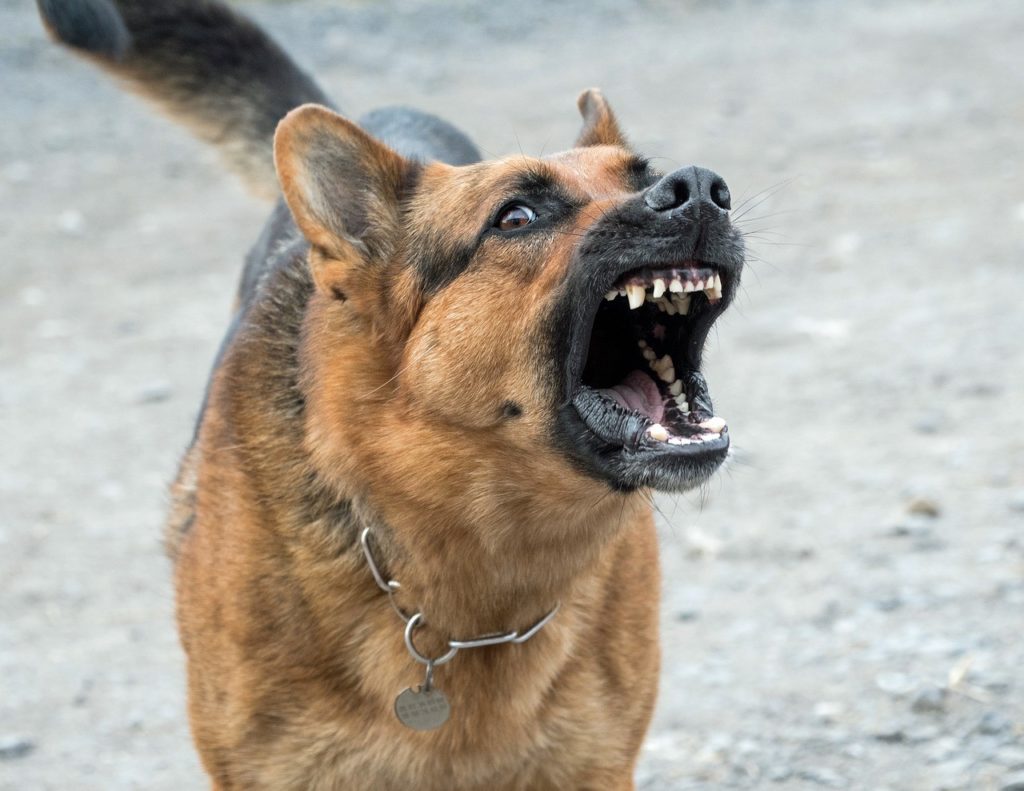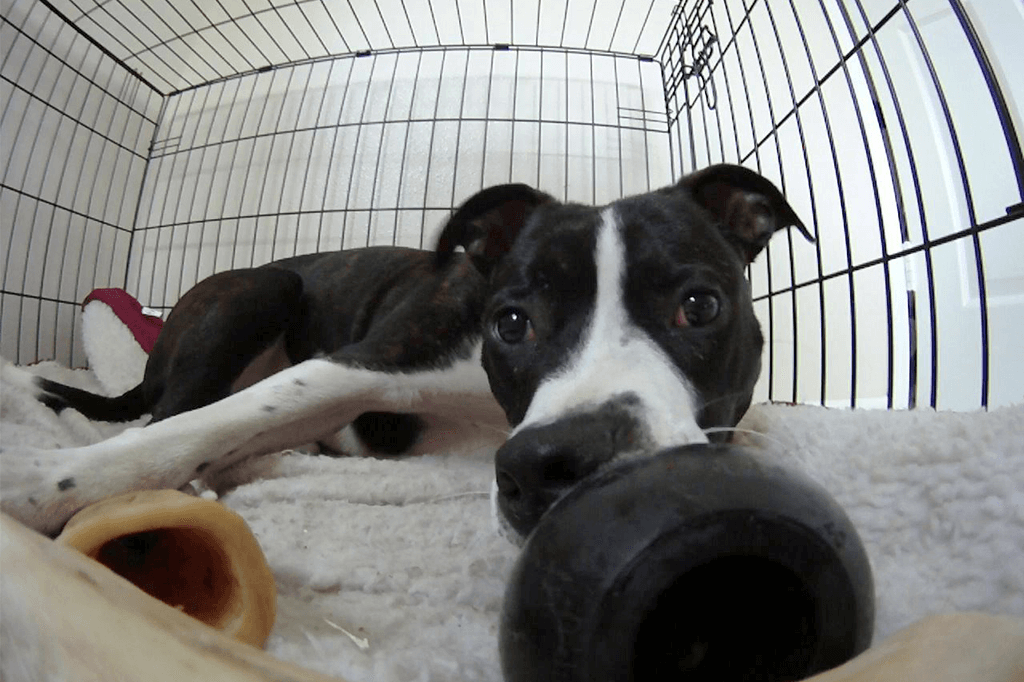A Dog Collar Versus a Dog Harness
When you walk your dog, you’ll likely use a type of collar or harness to attach the leash to your pet. This pet accessory is vital to maintaining control of your dog while outside and is also essential for ensuring your dog’s safety. However, many people aren’t sure which is really the better option. Each serves a purpose and may be better depending on your needs.
Let’s start by looking at the different kinds of dog harnesses and collars.
Different Types of Dog Harnesses
Dog harnesses are growing in popularity among owners. These tools allow pet owners to walk their dogs securely without the risk of choking them. Many harnesses are also designed to train dogs not to pull on the leash or walk in front of their person. Harnesses are preferred for certain breeds, such as pugs, which already have short muzzles and restricted airways.
There are a few main types of dog harnesses that you might want to review before selecting one for your pet:
Front Clip Harnesses
These harnesses feature the clip for your dog’s leash on the front of the harness near the throat. Many trainers recommend this for pet owners who want to keep their dogs from running ahead.
Back Clip Harnesses
These feature the leash clip on the dog’s back. It is more convenient for pet owners to attach the leash to their dog. Back clip harnesses are meant primarily for older dogs and those who are already trained to walk calmly.
Control Harnesses
When your dog really pulls hard on the leash these harnesses help remind him or her to slow down and refocus attention on you. One type of control harness has a clip and a special leash with two leads. The leash attaches one end to the front of the harness and one to the back of the harness so that the dog is pulled sideways towards you when it tries to walk ahead of you. Another type of control harness is a tightening harness that tightens and adds pressure when the dog pulls away from you.
Head Halter
Not a harness, but the halter is designed to attach to the dog’s head and go around the base of his or her muzzle. This harness is designed to help speed up the training process and help keep your pet from lunging at other animals and people. The harness will physically pull your dog’s head and muzzle down and towards you, which makes it difficult for your pet to keep moving forward. This is a very gentle tool to slow down dogs that tend to lunge and strain at the leash.
Different Types of Dog Collars
By far the most commonly seen form of fashion on dogs are collars. Even dogs who wear harnesses during their walks may still wear a collar the rest of the time. Dog collars serve double-duty these days as a place to attach a leash, and to hold a dog registration tag and their rabies license. Collars should really only be used for walks when your dog is calm and well-trained. Otherwise, he or she will have a tendency to strain against the collar and leash dragging you wherever they want to go and potentially hurting themselves.
Let’s take a look at some of the more popular dog collars on the market!
Flat Collar
Made from woven fabric or polymer threads, these flat or rolled collars are soft and flexible. This makes them comfortable for dogs to wear all the time. A flat collar attaches to the dog’s throat via a buckle or a clip. Be aware that flat collars can catch on brush and fencing and even tighten accidentally around the dog’s throat during rough play-housing with other pets.
Choke Chains
The choke chain is intended only for use when training a dog. It is a metal chain that can be tightened and released quickly as a corrective measure. Most trainers are moving away from this particular device. The current practice is to focus on rewarding good behavior, as opposed to punishing bad behavior. Plus, you should never leave a choke chain on a dog. The chain can get caught on fences and other objects by accident and tighten around the dog’s throat.
The Prong Collar
Another training tool that looks almost medieval, the prong color has metal prongs along the inside of a chain collar. The prongs apply even pressure to the dog’s throat when jerked on, which keeps the dog from pulling. Not many trainers actually recommend this type of corrective collar.
Pros of a Dog Harness
There are two main reasons for using a dog harness over a collar. The harness is a better option for your dog’s health if he or she tends to pull hard on the leash. Straining against a collar can put pressure on your dog’s throat. It even raises intraocular pressure, according to a 2006 research study that appeared in the Journal of the American Animal Hospital Association. This can potentially damage the eyes of dogs with glaucoma and weak or thin corneas.
The dog harness also helps combat pulling at the leash, such as with the front-clip harness. You’ll have greater control over your pet and have the opportunity to start training him or her to walk calmly.
Pros of a Dog Collar
The dog collar makes a great holder for dog ID tags. It is also easier to put on your dog compared to a harness. You can leave the harness on 24/7 with an adult dog. However, it’s not recommended for puppies. They can get caught on something or even hurt their teeth chewing on it. Plus, many pet owners feel like they should remove the harness some of the time, such as at night, for their dog’s comfort.
Some dog breeds with very soft, long, or fine hair may have hair thinning on spots where the harness rubs over time. Properly fitted dog collars don’t usually have this issue.
If your dog pays attention during walks and doesn’t pull, then a flat collar is a fine choice. If you are still leash training, or the dog has problems with pulling, a harness may be a better option. Of course, it’s always a good idea to try a couple options out. Over time, you’ll discover which works best for you and Fido.
When leash training remains a challenge, it might be time to get some guidance. The ‘Training an Untrained Dog’ video series provides visual examples and in-depth advice that you can use right away to stop your dog from pulling on the leash.





